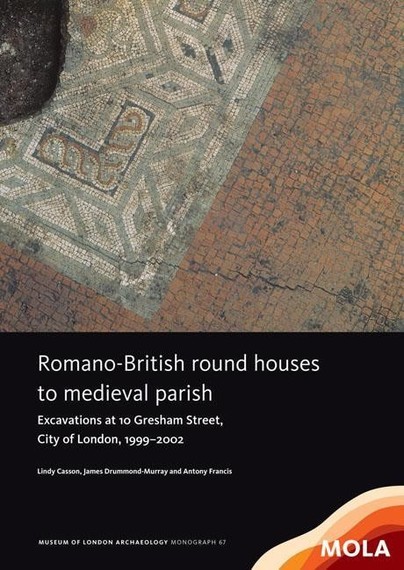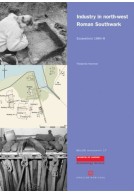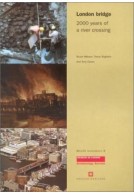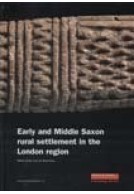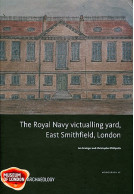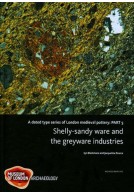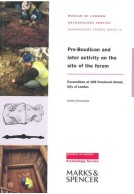Google Books previews are unavailable because you have chosen to turn off third party cookies for enhanced content. Visit our cookies page to review your cookie settings.
Romano-British round houses to medieval parish (Hardback)
Imprint: MOLA (Museum of London Archaeology)
Series: MoLAS Monograph
Pages: 250
Illustrations: Fully colour illustrated
ISBN: 9781907586224
Published: 30th April 2014
Script Academic & Professional
Series: MoLAS Monograph
Pages: 250
Illustrations: Fully colour illustrated
ISBN: 9781907586224
Published: 30th April 2014
Script Academic & Professional
You'll be £25.00 closer to your next £10.00 credit when you purchase Romano-British round houses to medieval parish. What's this?
+£4.99 UK Delivery or free UK delivery if order is over £40
(click here for international delivery rates)
Order within the next 3 hours, 34 minutes to get your order processed the next working day!
Need a currency converter? Check XE.com for live rates
(click here for international delivery rates)
Order within the next 3 hours, 34 minutes to get your order processed the next working day!
Need a currency converter? Check XE.com for live rates
Good preservation in the western part of 10 Gresham Street has led to an unusually complete picture of the archaeological sequence.The discovery here of the largest group of Romano-British round houses yet excavated in London, clustered round a rectangular building, is of considerable significance for the Iron Age–Roman transition. Moreover, the site’s main north–south road seems to have been key to determining the layout of this whole area while evidence pointing to sporadic fires in the 2nd century AD casts new light on the idea of a single, catastrophic event. Significant finds include a double gold finger ring of the 1st century AD, while close study of face pots and tazze leads to a rethinking of their possible ritual functions.Abandoned from the late 4th/early 5th century AD until the 10th century, by the 12th century the site boasted at least four masonry buildings. The remains of several rare and expensive glass display vessels found in a 13th-century refuse pit indicate the presence of an extremely affluent household. Later, two taverns stood on the site or very close by, and significant numbers of vessels for storing and serving ale and wine were recovered. Considerable truncation of post-medieval structures and deposits, however, means that only the deepest cellars and cesspits survived from that period.
Other titles in the series...
Other titles in MOLA (Museum of London Archaeology)...







